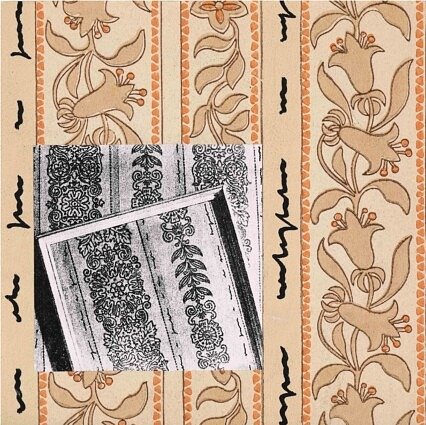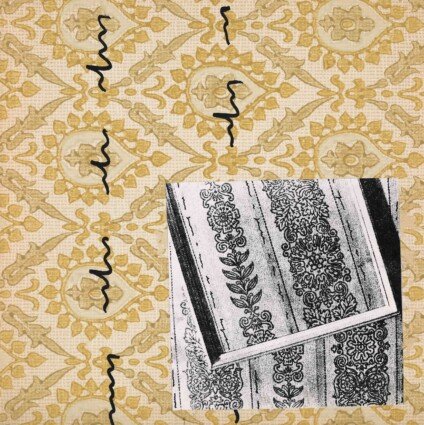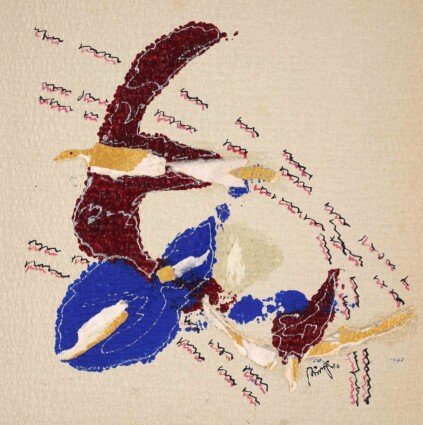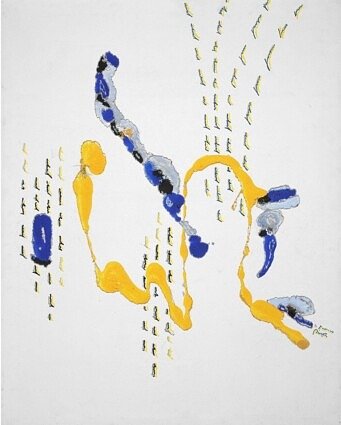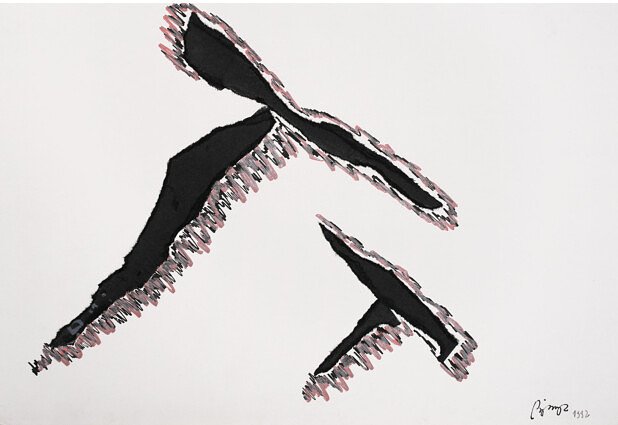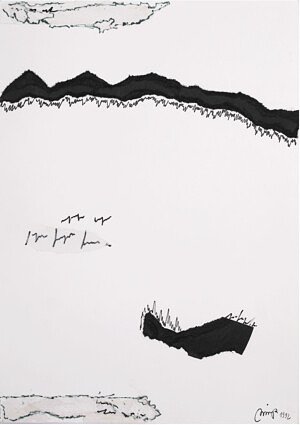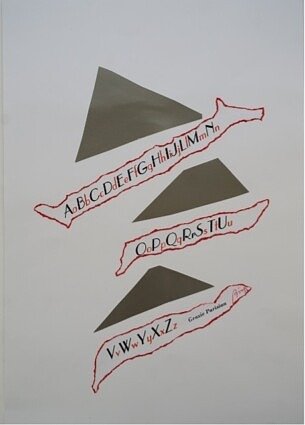Tomaso
Binga
Biography
Tomaso Binga was born in Salerno in 1931, she is the alter ego of Bianca Menna Pucciarelli, and one of the greatest exponents of Visual and Sound Poetry in Italy. Active since the 1960s, her artistic practice, featuring writing and gesture, speech and body, is characterized by an ironic and anti-rhetorical critical analysis of the dominant language.
Tomaso Binga only became more known in 1977 when at Rome’s Campo D gallery she chose a male pseudonym in art, in order to mock and critcize the male privileges sustained by the art world.
Her research, between verbal – visual writing and sound-performative poetry – where the body is the intermediary between message and viewer – aims to amaze and make people think, with sarcasm, grotesque and clichés, about sense and nonsense in images and poetry, with a marked inclination towards desecration and social denunciation, as, for example, in: E non uscire di casa (And don’t leave the house) (1977), Oggi Spose (Today’s Brides), Abecedario (1981), Indovina cos’è (Guess what it is) (1987), Rimerotiche (Erotic rhymes) (1992) and Vorrei essere un vigile urbano (I’d like to be a traffic policeman).
In the late 1970s, Mirella Bentivoglio invited her to take part in Materializzazione del Linguaggio at the Biennale Arte 1978.
Binga exhibited her works in Galleria l’Oggetto, Caserta (1971), Galleria l’Obelisco, Rome (1974), Galleria il Canale, Venice (1976), Museo di Castelvecchio, Verona (1977), Venice Biennial (1978), Sao Paulo Biennial (1981), XI Quadriennale, Rome (1986), MADRE Museum, Naples (2013), Rongwrong, Amsterdam (2022), Venice Biennial (2022), and others.

Critical text
“My work is designed to surprise the (normally distracted) public and make them reflect on the real meaning of sense and non-sense inscribed in an image, a poem, or a performance where voice and rhythm become a part of the body. This form of art which I have been involved in throughout my artistic journey finds its expression through the use of words, gestures and body movements. (…) Ironic and grotesque, condemning and desecrating, non-sense and commonplace together with the most stereotypical sound in the technological world are the principal ingredients of my performative poetry, which is enriched with the corporal energy needed to establish a direct connection between text and use.”
_Tomaso Binga
“These characteristics (in Binga’s work) fit into contradictions with her relationship with the world, following a classic procedure in the history of contemporary art: that of the work on the ready-made launched in the beginning of the 20th century. The contradictions consist of the fact that working with the stereotype means to come face to face with everyone and at the same time with an elegant imaginative twist in order to make the stereotype disappear and transform it into a liberating invention. Every time she has touched a sign, an object, a degraded fragment by rendering it an element of her personal artistic code, Tomaso Binga, like a fairy, turns it into an invention never seen before.”
_Simonetta Lux

